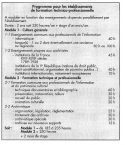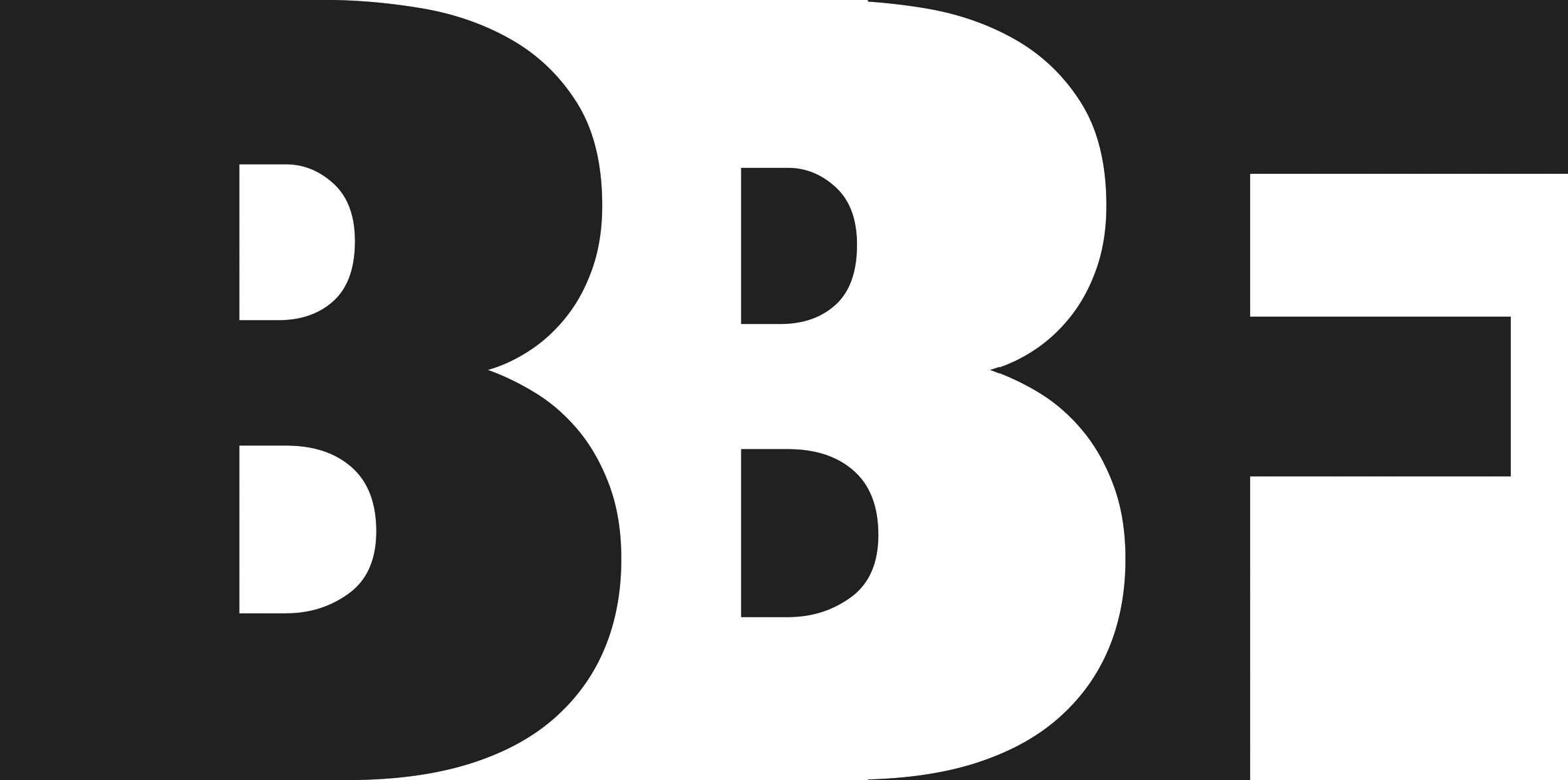Archiviste et ses partenaires (L')
Territoires propres, démarches convergentes
- Auteur : René-Bazin, Paule
- Résumé en allemand : Man vergleicht oft Archivdienststellen, Bibliotheken und Museen, um ihre jeweiligen Bereiche, ihre Grenzen und ihre eigenen Methoden zu bestimmen. Eine derzeitige Erwägung möchte die Übereinstimmungen und Eigenschaften dieser drei wesentlichen Anstalten zum Erhalten unseres kulturellen Erbes besser erkennen. Nach der Meinung des Publikums liegen die Handschriften einem Archiv ob, die Drücke den Bibliotheken und die Dinge den Museen ; es bleiben aber in der Wirklichkeit mehrere Verwirrungszonen, aus denen die Konkurrenz entstehen kann, z. B. amtliche Herausgaben, Photographien, Stiche, persönliche Dokumente der Schriftsteller, Politiker oder Wissenschaftler. Die Fachleute der drei Anstalten - wäre es ein einziger Beruf mit Spezialitäten, oder drei unterschiedene Tätigkeiten - sollen immer zahlreichere und verschiedenere Benutzer behandeln, Forscher oder Publikum, Junge oder Rentner. Die neuen Techniken der Information drängen sich überall fortschreitend auf und eröffnen neue Aussichten zur Mitarbeit : so könnte man die herkömmlichen Methoden der drei Bereiche in Einklang bringen, ohne sie abzuschwören.
- Résumé en anglais : Periodically comparisons are drawn between archives, libraries and museums in order to determine their particular domains and boundaries and their distinctive methods. An up to date analysis is provided which aims at a better understanding of what are today the convergences and specialisms of these three organisations, all central to the conservation of our heritage. In the mind of the general public, and in very broad terms, manuscripts go to the archives, printed material to libraries and objects to museums, but in reality there exist many areas of overlap and sources of occasional competition, as regards, for example, official publications, photographs, prints and the private papers of writers, politicians or scientists. Whether they form part of a single profession with specialists or belong on the contrary to quite distinct professions, the professionals of the three institutions have to respond to an increasing number and variety of users - researchers and members of the general public, young people and the retired. However the huge and progressive spread of information technology offers new avenues for cooperation without renouncing methods which are traditional in their three spheres.
- Résumé : Périodiquement, la comparaison est faite entre archives, bibliothèques et musées pour déterminer leurs domaines respectifs, leurs frontières, leurs méthodes propres. Une analyse actualisée vise à mieux connaître aujourd'hui les convergences et les spécificités de ces trois structures prépondérantes pour la conservation du patrimoine. Dans l'esprit du grand public, les manuscrits vont aux archives, les imprimés aux bibliothèques, les objets aux musées, mais en réalité les zones de recouvrement sont nombreuses et parfois sources de concurrence, - par exemple publications officielles, photographies, estampes ou encore documents personnels d'écrivains, d'hommes politiques ou de scientifiques. Qu'il s'agisse d'une seule profession avec des spécialités ou au contraire de métiers bien distincts, les professionnels des trois institutions doivent répondre à des utilisateurs, chercheurs ou grand public, jeunes ou retraités, de plus en plus nombreux et variés. Les technologies de l'information qui s'imposent progressivement mais massivement à tous offrent cependant de nouvelles pistes de coopération qui devraient permettre de conjuguer sans les renier les méthodes traditionnelles dans les trois sphères.
- Paru dans le numéro : n°5 : Bibliothèques, musées, archives : histoires croisées
- Licence de diffusion : Tous droits réservés
- Format : Fichier XML
- Étendue : 40737
- Date de publication : 1994
- Langue : fr
- Sujet(s) : archives
- Type de ressource : Text
Ce document est également disponible dans le format suivant :
Document faisant partie de cette ressource :



